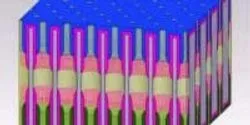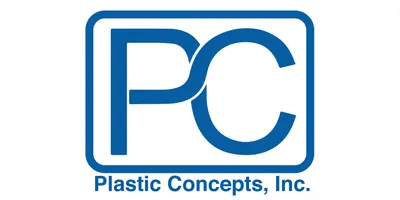News

An electronic “tongue” could one day sample food and drinks as a quality check before they hit store shelves. Or it could someday monitor water for pollutants or test blood for signs of disease. With an eye toward these applications, scientists are reporting the development of a new, inexpensive and highly sensitive version of such a device in the American Chemical Society journal ACS Applied Materials & Interfaces.

The Pittcon 2015 Program Committee is pleased to announce the recipients of 14 prestigious awards honoring scientists who have made outstanding contributions to analytical chemistry and applied spectroscopy. Each award will be presented during a symposium at Pittcon 2015, March 8-12, 2015, New Orleans, Louisiana.

Researchers at the University of Maryland have invented a single tiny structure that includes all the components of a battery that they say could bring about the ultimate miniaturization of energy storage components.

The rapidly melting ice sheets on the coast of West Antarctica are a potential major contributor to rising ocean levels worldwide. Although warm water near the coast is thought to be the main factor causing the ice to melt, the process by which this water ends up near the cold continent is not well understood.

The University of Delaware’s Mark Moline knew that his grandfather, O. Karl Olander, was a Navy chaplain in the Pacific during World War II. But it wasn’t until his mother shared his grandfather’s journal and scrapbook that Moline realized his grandfather had been on the USS Princeton, one of the aircraft carriers that attacked Palau in March 1944.
















